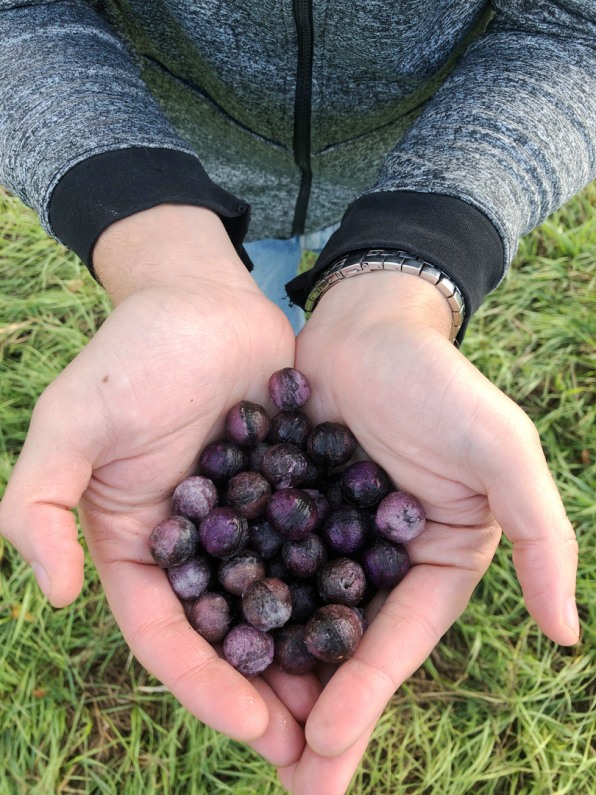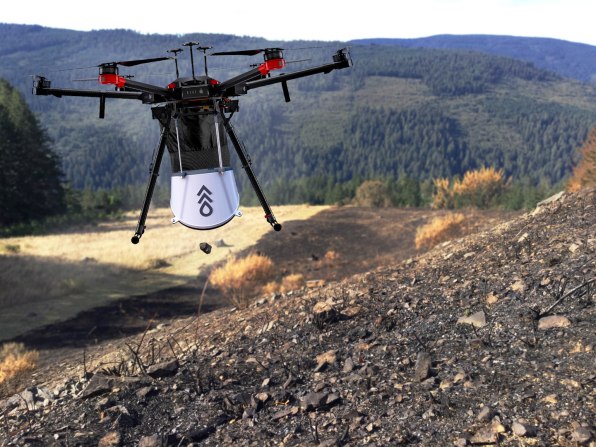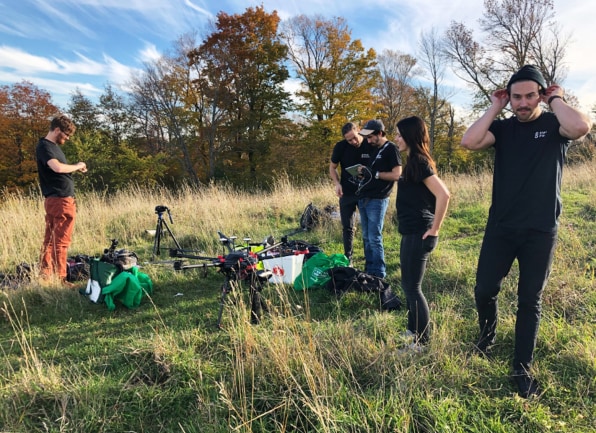Drones will plant 40,000 Trees in a month
We need to massively reforest the planet, in a very short period of time. Flash Forest’s drones can plant trees a lot faster than humans.
This week, on land north of Toronto that previously burned in a wildfire, drones are hovering over fields and firing seed pods into the ground, planting native pine and spruce trees to help restore habitat for birds. Flash Forest, the Canadian startup behind the project, plans to use its technology to plant 40,000 trees in the area this month. By the end of the year, as it expands to other regions, it will plant hundreds of thousands of trees. By 2028, the startup aims to have planted a full 1 billion trees.

When it begins work at a site, the startup first sends mapping drones to survey the area, using software to identify the best places to plant based on the soil and existing plants. Next, a swarm of drones begins precisely dropping seed pods, packed in a proprietary mix that the company says encourages the seeds to germinate weeks before they otherwise would have. The seed pods are also designed to store moisture, so the seedlings can survive even with months of drought. In some areas, such as hilly terrain or in mangrove forests, the drones use a pneumatic firing device that shoots seed pods deeper into the soil. “It allows you to get into trickier areas that human planters can’t,” Ahlstrom says.

After planting, the company returns to track the progress of the seedlings. “Depending on the project, we’ll go back two months after, and then a year or two after, and then three to five years after” to make sure the trees are actually sequestering as much carbon as they planned, she says. “If we fall under a threshold plant goal of a certain number of trees, we’ll go back and ensure that we are hitting our goal.” Because the company chooses native species and uses its seed pods to protect the seeds from drought, the process doesn’t typically require work from humans to keep the seedlings alive; instead, the strategy is to plant a large number of trees and let some naturally survive.
Each planting is using about four species, with a goal of eight. “We very much prioritize biodiversity, so we try to plant species that are native to the land as opposed to monocultures,” says Ahlstrom. “We work with local seed banks and also take into account that the different changes that climate change brings with temperature rise, anticipating what the climate will be like in five to eight years when these trees are much older and have grown to a more mature stage, and how that will affect them.”

After the current planting near Toronto and another in British Columbia, the company will begin a restoration project in Hawaii later in the year, with plans to plant 300,000 trees there. It’s also planning tree-planting pilots in Australia, Colombia, and Malaysia. In some cases, funding comes from forestry companies, government contracts, or mining companies that are required to replant trees; in other cases, the startup plants trees for companies that offer tree-planting as a donation with the sale of products, or for landowners who can get a tax break, in some areas, for planting trees. “There’s a lot of philanthropy around it, and then also just a solid business model with a desperate need and demand to plant trees,” Ahlstrom says.



Comments
Post a Comment
What are your Views And Opinions And Helpful Suggestions?